Formula 1 has been a leader in pushing technological boundaries and experimenting with advanced new technologies. Every year, each team comes up with new parts, techniques, or modifications which take the automobile world by storm and set a benchmark for others to follow. Most of these advances are debuted during pre-season testing, with the world getting an up-close-and-personal look at these advances.
With the Bahrain pre-season testing just concluding, many you must have noticed cars sporting neon-green paint on their liveries. They are typically sprayed onto the middle of the car, just behind the driver’s cockpit. Teams call it flow-visualization paint or, in short, flow-viz paint. But what exactly are these bright concoctions, and why is it painted onto the cars?
What is flow-viz paint made of?
Flow-viz is an oily substance, usually made of paraffin and mixed with fluorescent powder to give it its neon-green color. This solution is made light enough for it to flow over the car. It also needs to dry quickly so that the airflow over the bodywork can be studied as the car flies around the circuit.
Why is the flow-viz paint used?
Teams usually spray it onto their cars to study the aerodynamic properties of the car. This is done by strategically painting certain parts of the car and then sending it out while the paint is still wet. As the car weaves its way around the circuit, the wet paint interacts with wind, and this airflow moves the paint around. Thus, when the car returns to the garage, teams can study this paint’s movement pattern. This helps teams understand how the wind is hitting the cars, at what angles, and the frictional force exerted.
Teams would have already simulated these conditions in their wind tunnels. They now have real and live data to compare the results of the wind tunnel with. This analysis helps the teams identify if the car faces an imbalance in the corners, drag in a straight line, or vibrate behind another car.
In simple terms, teams use the paint to study how the car performs under the impact of strong winds in a straight line, low/medium/fast speed corners, and behind another car. They also use real-life results to compare with their wind tunnel simulations and improve the latter’s technical process.
What are the drawbacks of using this technique?
Formula One teams are extremely secretive about their cars. They like to keep a lid on the techniques and parts used to build it. This is understandable, as they don’t want their opponents to easily understand and mimic Ideas which gave their team an edge over the rest. This is why the use of flow-viz comes with a big risk.
If a team faces serious aerodynamic issues, they would ideally not want their opponents to know about it. But with the flow-viz paint in full display as the car races around the circuit, teams just need to click pictures of the car and share them with their aerodynamicists to work out what’s happening. This could result in opponents either bridging the gap by mimicking techniques implemented to improve the car. In contrast, they can also make a note of issues faced by the team and leverage this knowledge during race weekends.
The paranoia is so big that it is common practice to see teams running their cars with flow-vis paints to use screens and car covers to hide their cars as soon as it comes back into the pits. They then park their cars inside the pits and study the flow structure on the cars in secrecy.
Written By
Chirag Bhattad
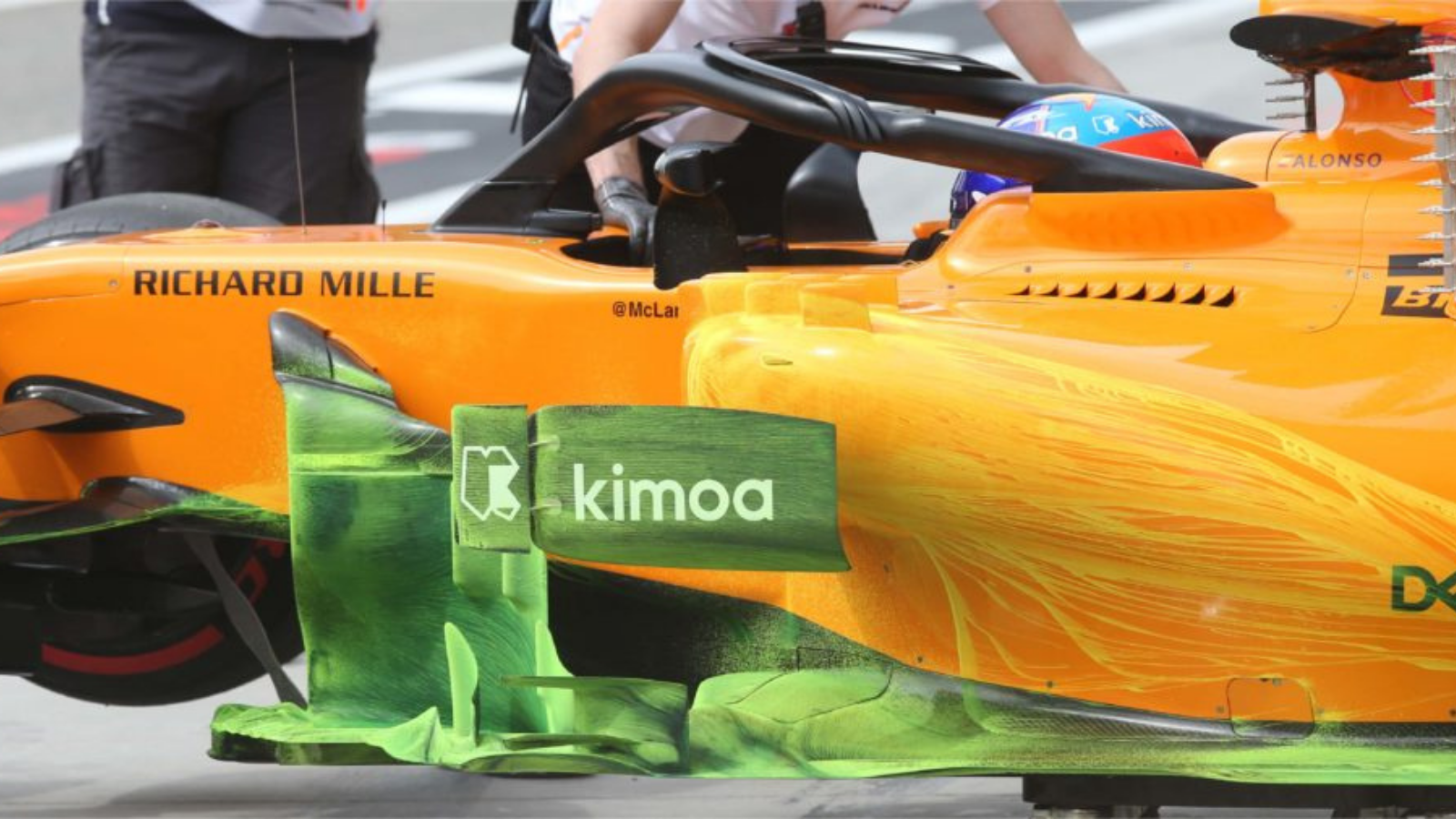

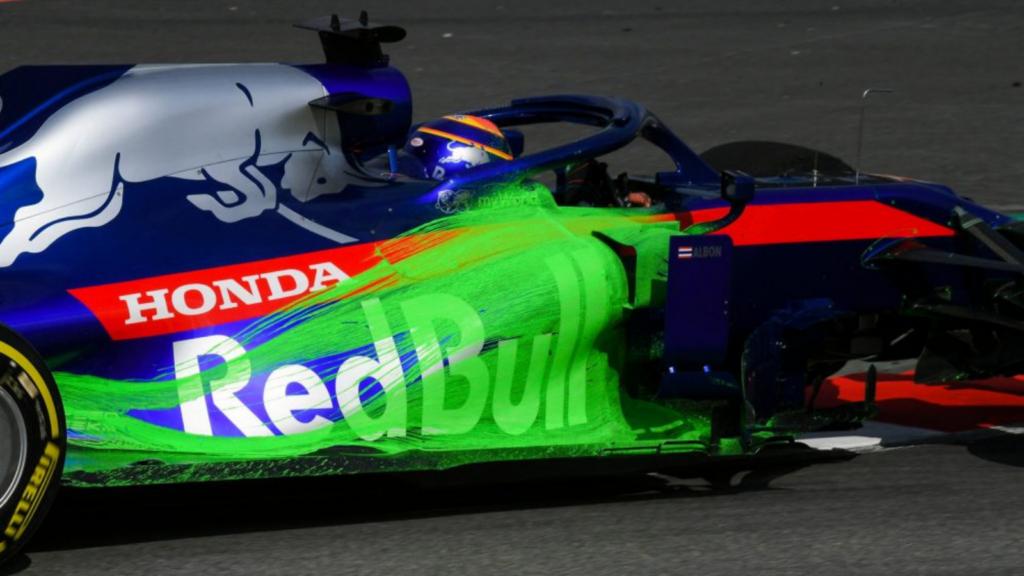
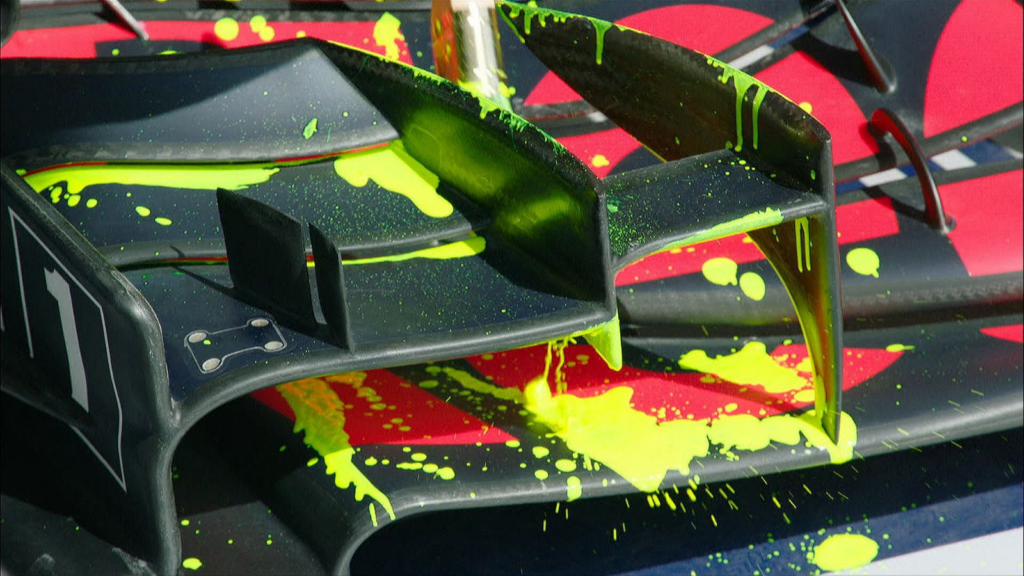
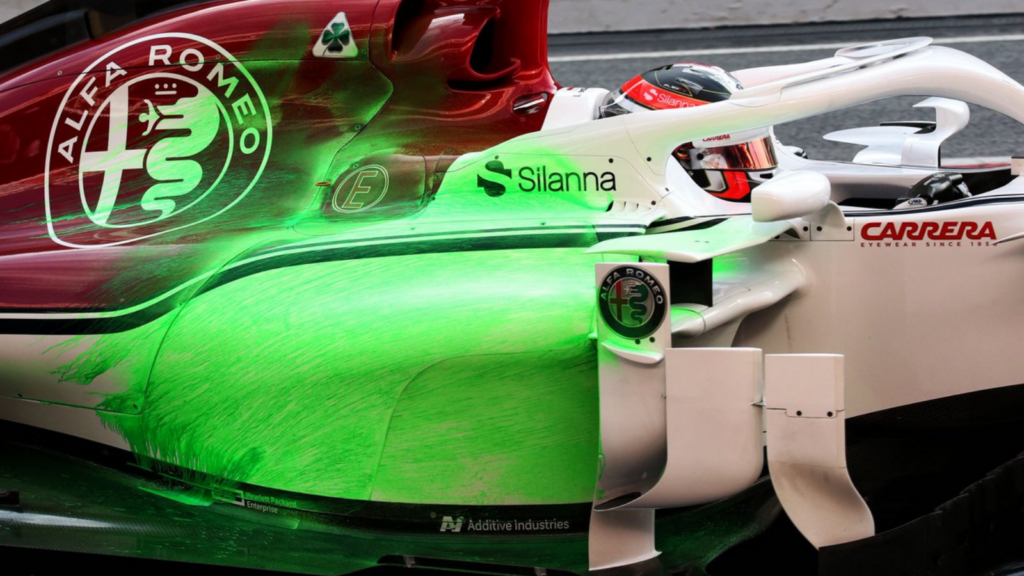

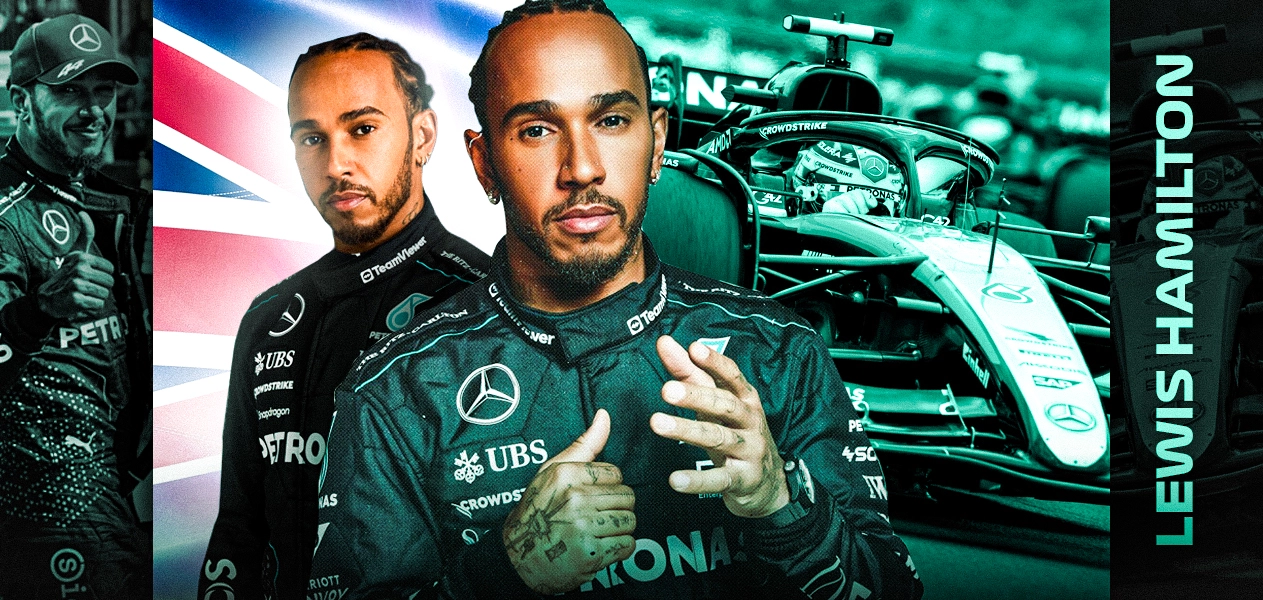
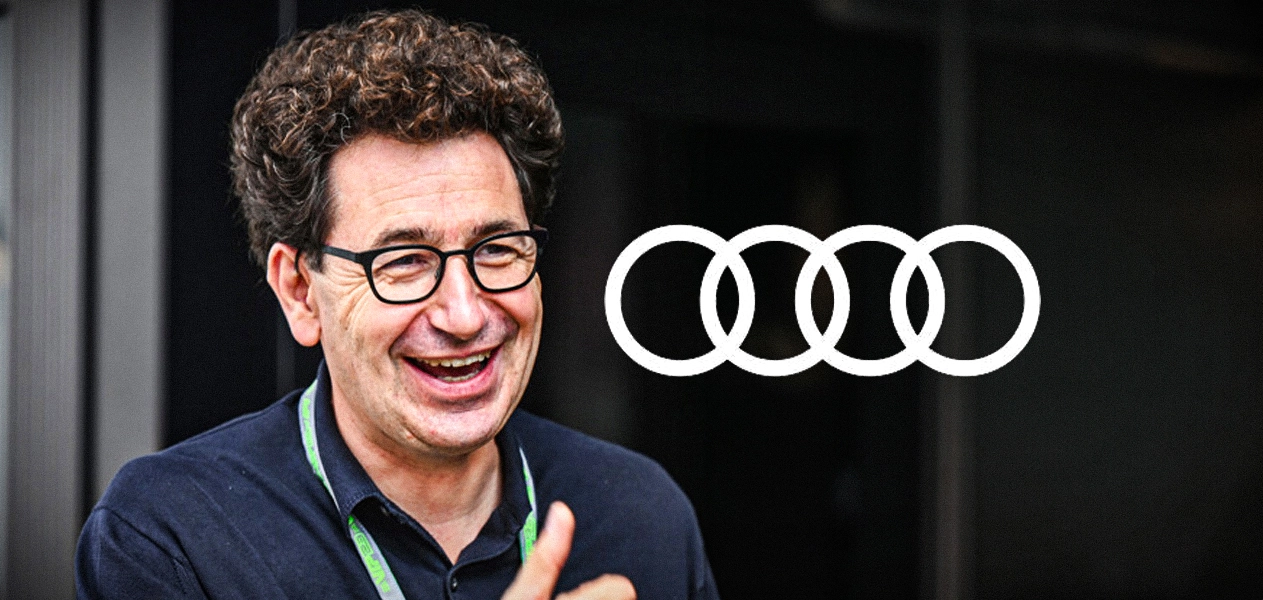
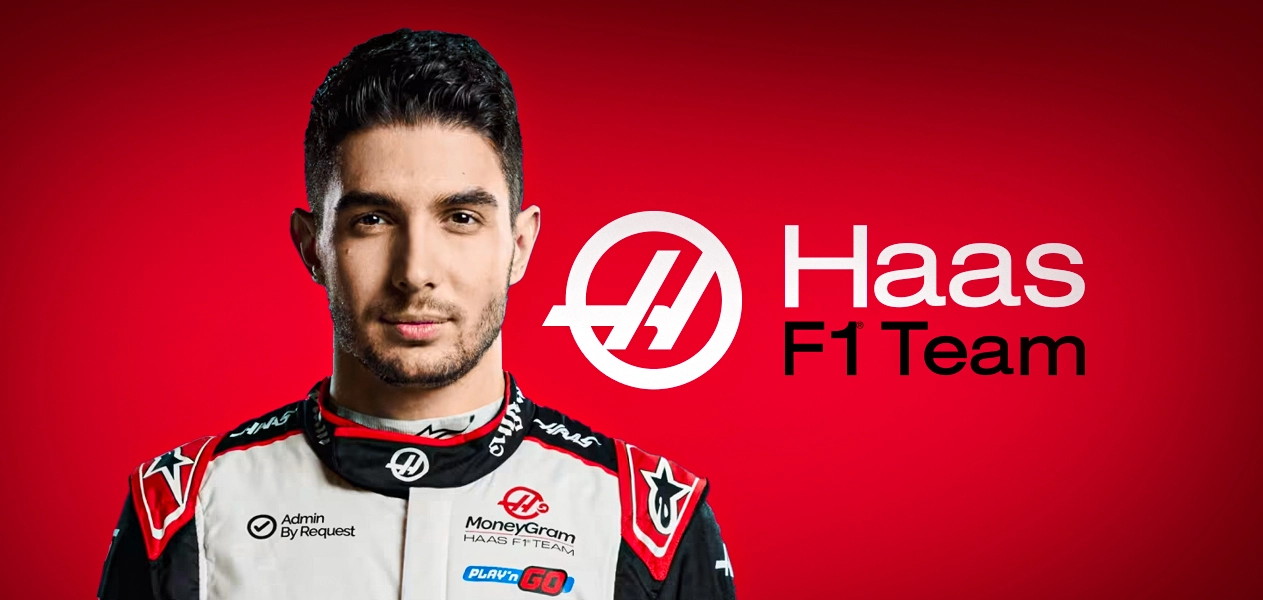
Leave a Reply